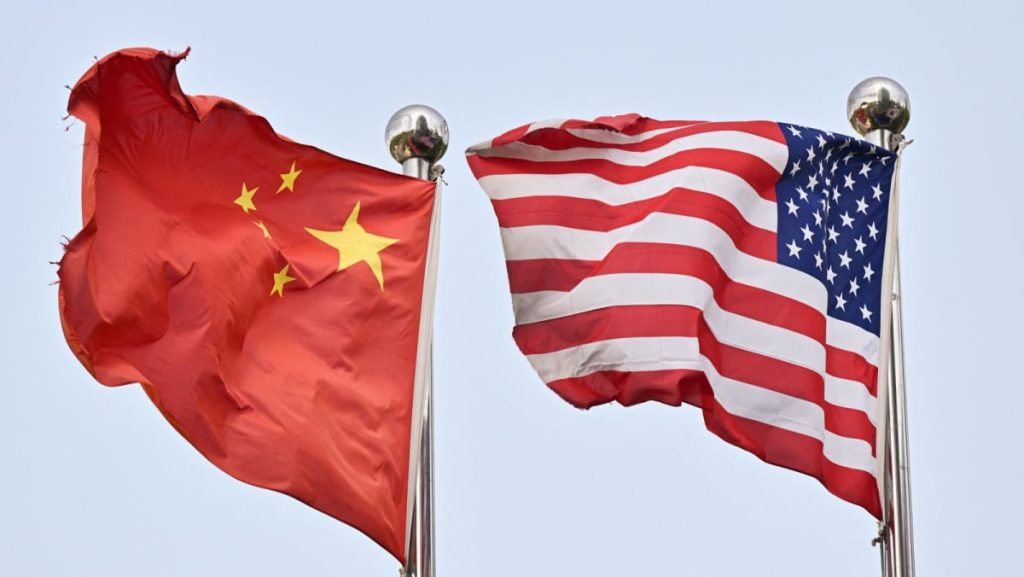The deal, which was reached late on Tuesday, boosted Asian markets with Hong Kong and Shanghai among the best performers, while Tokyo, Sydney, Seoul, Wellington, Taipei and Manila were also up.
However, analysts said investors would be keen to get a closer look at the details of the agreement.
“The US-China trade circus wrapped with what can only be described as a diplomatic tautology,” said Stephen Innes at SPI Asset Management.
He called it “a late-night announcement that both sides have ‘agreed in principle on a framework to implement the Geneva consensus’ – a consensus that was … already agreed upon weeks ago”.
And he warned that markets could run out of steam if nothing concrete came through.
“If the next headline doesn’t come with something tangible, such as cargo ships loaded with rare earths or an actual rollback of tariffs, expect risk assets to start demanding more photo opportunities,” he wrote.
“Until then, this rally relies on faith.”
And Saxo chief investment strategist Charu Chanana said before the deal was announced that while there was some hope for the talks, “the era of easy wins – tariff pauses and minor concessions – is over”.
“What’s left are deeper, more entrenched challenges: tech restrictions, rare earth supply chains, student visas, and national security-linked concerns. These are strategic disputes, unlikely to be resolved in a few rounds of meetings.”
Still, she did say that “trade uncertainty has clearly faded since the peak chaos of early April”, when Trump unleashed a tariff blitz that hammered worldwide stock and bond markets.
Tuesday’s news also overshadowed the World Bank’s slashing of its 2025 forecast for global economic growth to 2.3 per cent, from the 2.7 per cent predicted in January, citing trade tensions and policy uncertainty.
It also said the US economy would expand 1.4 per cent this year, half of its 2024 expansion.


